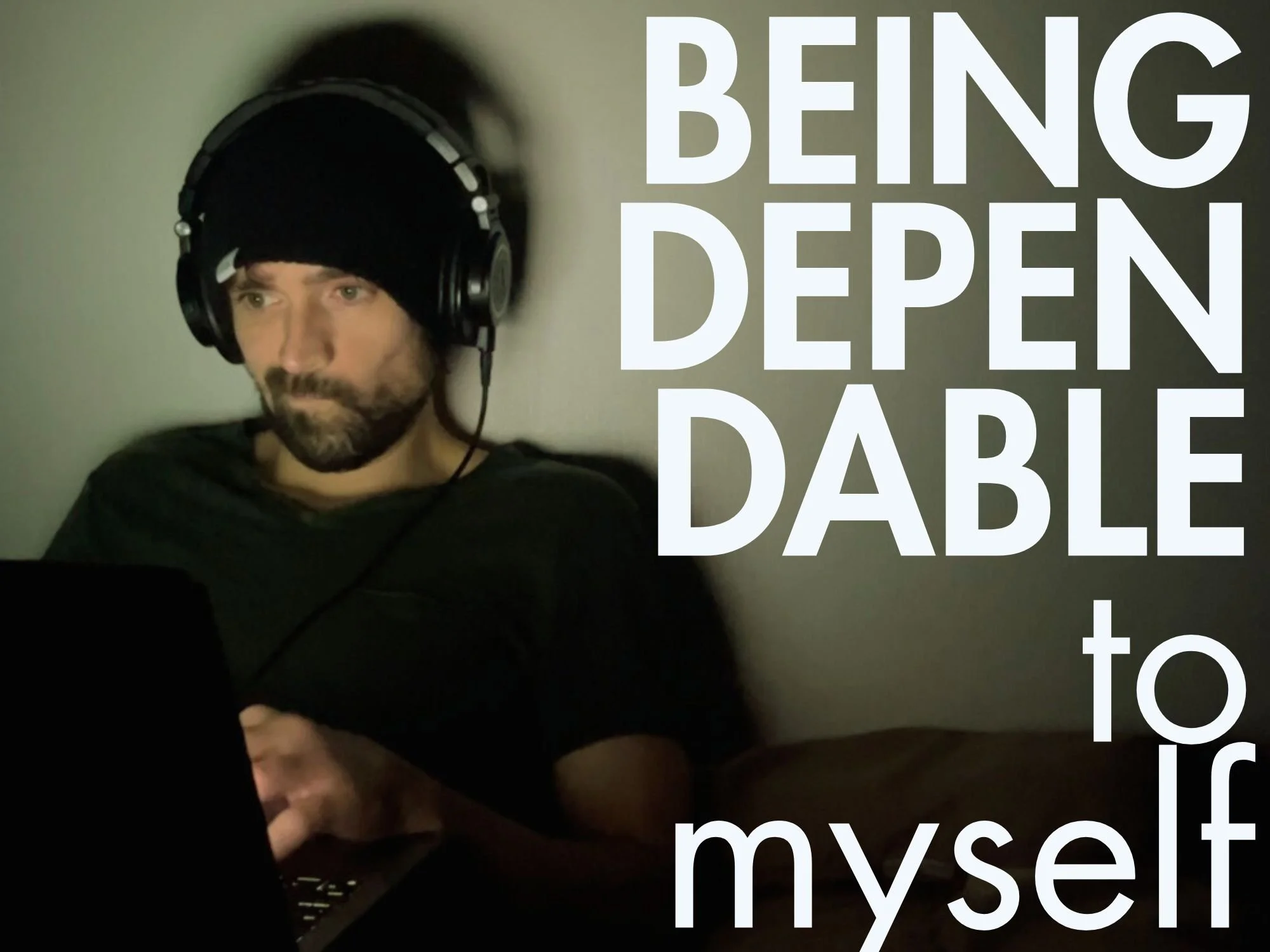Turns Out, Mood Follows Action (sometimes)
Inspiration isn’t always convenient. It shows up unexpectedly, like when you’re trying to fall asleep or stuck in the shower or at work.
But what do you do when you are ready to work with that inspiration, but it’s gone.
You probably already know part of the answer: don’t wait for motivation to show up.
So what do you do instead? I just start, and often, inspiration follows suit. Because it turns out, mood follows action.
Let’s unpack things some more though…
Table of Contents
Why Mood Follows Action
I think we’ve all experienced this.
You have something you’re supposed to be doing, and you’re really not feeling it. But once you finally do start, you’re suddenly motivated (and sometimes even find your flow).
Mood follows action because, sometimes, you just need a little spark to start a fire.
So what’s going on here?
“Taking action puts you in the present moment. When you’re lingering in the thought of doing something, you end up overcomplicating stuff or overthinking it.”
Inaction can become paralysis (especially for bigger, complex or important goals).
But taking action shifts your attention away from the future (or past) and puts you in the present.
Action (even tiny action) sparks momentum and positive feelings about yourself. It gets rid of the overthinking mind and can create a feedback loop of action creating mood creating more action.
Still No Mood? Try These 5 Tips
1. Find Your Activation Energy
The activation principle is the amount of energy needed to ignite some reaction.
To put it another way, it’s the minimal amount of motivation needed to just take that first step.
Focusing on the minimum energy required to start something is less intimidating and simpler. We’re more likely to be able to try a simple 5-minute task over some big, overwhelming one.
And once you do start, there’s a good chance that your mood will take over, pushing you to continuing working.
So, how can you manifest the minimum amount of energy and motivation requires to just take the first tiny step?
No big commitments, just a little dabbling — that’s all it takes.
2. Create Systems
A system is how you do something, which includes specific processes and workflows customized to you and your preferences.
When struggling with motivation or a lazy mood, systems take away decision fatigue or “glitching” (decision paralysis — especially common when juggling multiple goals and passions).
With a system, you know exactly what you need to do and how. So if you haven’t created your own systems, then this could be the perfect time.
For example, I’m most creative in the mornings and evenings, so I tend to do creative things during these times.
I also have a specific process for researching topics, doing keyword research, outlining a post, creating images and publishing it on my blog. It feels like second nature at this point, so I don’t need to rely on thinking or mood too much.
Sometimes, just having clear directions makes it way easier to get going.
3. Make Stuff Bite-Sized
Long to-do lists and big goals can be demotivating — unless you shrink things down into bite-sized tasks.
This goes back to the activation principle idea. Your goal is to simply spark a reaction, and this is done by focusing on a tiny, fast task.
The simplest way to do this is by reverse engineering your goals and projects into first micro goals, and then breaking down each micro goal into even smaller nano goals.
With this strategy, you just focus on the tiny step in front of you, which isn’t overwhelming and much easier to tackle. This approach (of becoming 1% better everyday) starts to compound.
4. What Would Future You Do?
Nobody knows you better than your future self. So let’s consult with them.
This is a simple thought exercise that can provide clarity about what to do and where to focus. Like systems, this is especially helpful if you’re multi-passionate.
So, look within and ask yourself, “What would the ideal future version of me do?”
Often, we know exactly what we need to do. And most of the big goals and things we want to achieve require different habits, decisions and perspectives.
Consulting with your future self is a way to embody a different version of yourself. This adds clarity and can be motivating.
5. Stack the Cards Differently
If you’re struggling with finding the mood to do something, stacking the cards in your favor could help.
So often, my motivation, productivity and creativity are influenced by my surroundings and the people in my life. So let’s optimize things.
Here are the main ways I like to stack the cards in my favor:
Your inner circle
The people in you life
Connect with more motivating people
Your outer circle
The content you consume
Stop watching the news and consume better content
Your environment
Your spaces and places
Go to a cafe, declutter — go nuclear and move overseas!
Later ✌️
Mood definitely follows action…sometimes.
It’s cliche and trite, but just starting is often the best solution. A lot of times, inspiration and motivation come after (not before).
Just remember to take breaks too if you really need one—burnout is real.
Want More? Nice. Here’s More.





